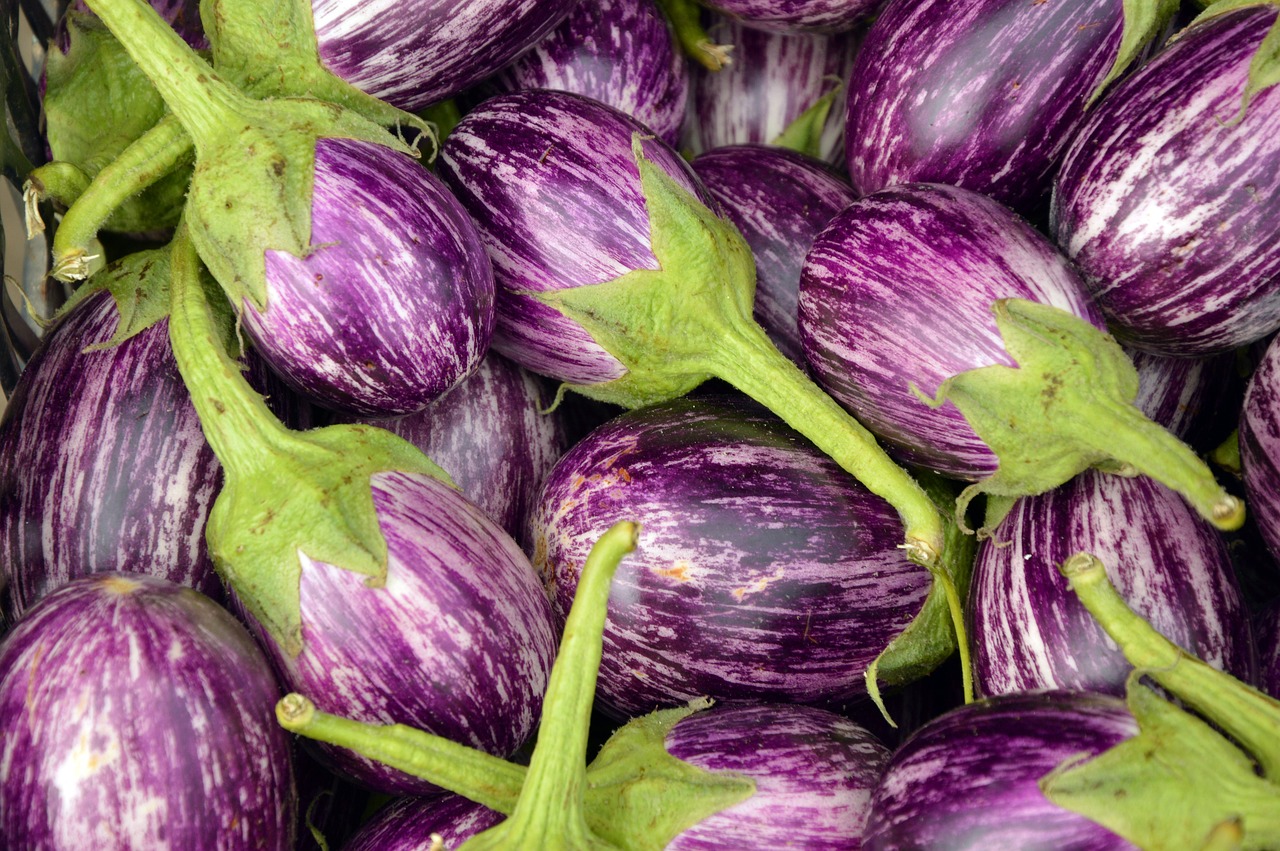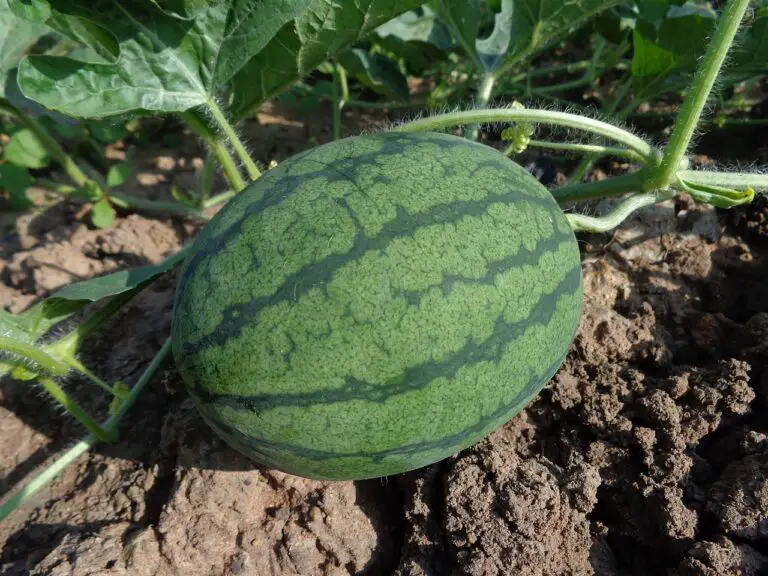10 Tips To Increase Fruit Production On Eggplant

Eggplants, also known as aubergines, are a versatile and nutritious vegetable that can be a valuable addition to any garden. To maximize the yield of this delectable crop, it’s essential to employ effective cultivation strategies. Whether you’re a seasoned gardener or a novice, these ten tips can help you boost fruit production on your eggplants, ensuring a bountiful harvest for your kitchen.
10 Tips to Increase Fruit Production on Eggplant
1. Choose the Right Variety:
Selecting the appropriate eggplant variety for your specific climate and soil conditions is crucial. Different varieties thrive under varying circumstances, so understanding your local environment is key to a successful harvest. Consult with local agricultural extension services or nurseries to identify the best-suited eggplant variety for your region.
Eggplants thrive in warm temperatures and well-drained soil. In colder climates, consider starting seeds indoors before transplanting them to the garden when the weather warms up. Adequate research and attention to detail in this initial stage can set the foundation for a productive eggplant harvest.
2. Provide Adequate Sunlight:
Eggplants are sun-loving plants that require at least 6-8 hours of direct sunlight daily. Ensure your garden or planting area receives ample sunlight to promote healthy growth and fruit development. Position your eggplants in a location where they won’t be overshadowed by taller crops, maximizing their exposure to sunlight.
Inadequate sunlight can lead to stunted growth and reduced fruit production. Regularly monitor the sun patterns in your garden and make adjustments as needed to optimize the amount of sunlight your eggplants receive. Investing in a sun map or observing your garden throughout the day can help you make informed decisions about placement.
3. Implement Proper Watering Practices:
Eggplants require consistent and even moisture for optimal growth. However, they are susceptible to waterlogged conditions, which can lead to root rot. Strike a balance by watering your eggplants regularly, ensuring the soil remains consistently moist but not waterlogged.
Consider using a drip irrigation system or soaker hoses to deliver water directly to the base of the plants, minimizing moisture on the leaves. Additionally, mulching around the base of the eggplants can help retain soil moisture and suppress weeds. Monitoring soil moisture levels and adjusting your watering schedule based on weather conditions is crucial for a thriving eggplant crop.
4. Fertilize Appropriately:
Eggplants are heavy feeders and benefit from regular fertilization throughout the growing season. Use a balanced fertilizer with equal parts nitrogen, phosphorus, and potassium to promote overall plant health and fruit development. Apply fertilizer at planting time and then periodically throughout the growing season, following package instructions for rates and frequency.
Avoid over-fertilizing, as excessive nitrogen can lead to lush foliage at the expense of fruit production. Consider incorporating organic matter, such as compost, into the soil before planting to provide a slow-release source of nutrients. Regular soil testing can help you fine-tune your fertilization plan based on your specific soil’s needs.
5. Practice Companion Planting:
Companion planting involves strategically placing plants that benefit each other in close proximity. For eggplants, consider companion planting with herbs like basil or marigolds, which can help deter pests that commonly affect eggplant crops. Additionally, planting eggplants near compatible vegetables can enhance overall garden health.
Basil, for example, is known to improve the flavor of nearby tomatoes and repel certain pests harmful to eggplants. Marigolds emit compounds that deter nematodes, a type of soil-dwelling pest that can damage eggplant roots. Experiment with different companion plants to find the combinations that work best for your eggplant crop.
6. Prune for Air Circulation:
Proper pruning is essential for maintaining good air circulation around eggplant plants, reducing the risk of fungal diseases and promoting optimal fruit development. Remove any yellow or diseased leaves regularly, and prune excess foliage to allow sunlight to reach all parts of the plant.
Focus on removing branches that are crowding the center of the plant, as this can hinder air movement. Pruning also helps control the size of the plant, preventing it from becoming overly bushy and shading its own fruit. Use clean, sharp pruning shears to make precise cuts without causing unnecessary damage to the plant.
7. Manage Pests and Diseases:
Eggplants are susceptible to various pests and diseases, including aphids, flea beetles, and fungal infections. Implementing proactive pest management strategies, such as releasing beneficial insects or using organic insecticides, can help keep pest populations in check.
Regularly inspect your eggplants for signs of pests or diseases, and take prompt action to address any issues. Neem oil, for example, is a natural and effective solution for controlling common eggplant pests. Additionally, practicing crop rotation can help prevent the buildup of soilborne diseases that may affect eggplants.
8. Support Heavy Fruit with Staking:
Certain eggplant varieties produce large and heavy fruit that can weigh down the plant, leading to bending or breaking of branches. To prevent this, provide adequate support by staking the plants. Install sturdy stakes or cages at the time of planting to support the growing eggplants and prevent damage to both the plant and the fruit.
Proper staking not only helps prevent breakage but also promotes better air circulation around the plants. This is particularly important during periods of heavy rainfall or in regions with high humidity, where the risk of fungal diseases is elevated. Regularly check the ties and supports to ensure they remain secure as the plants grow.
9. Harvest Timely and Regularly:
Harvesting eggplants at the right time is crucial for encouraging continuous fruit production. Harvest when the fruits are glossy, firm, and have reached the desired size for the variety you’re growing. Overripe eggplants can become bitter and may reduce the plant’s overall productivity.
Regular harvesting also signals to the plant that it needs to continue producing more fruit. Use sharp pruning shears or a knife to cut the eggplants from the plant, avoiding any damage to the remaining foliage. Harvesting regularly ensures that the plant directs its energy towards producing new fruit rather than maturing existing ones.
10. Monitor Environmental Conditions:
Stay vigilant about changes in environmental conditions that can impact eggplant growth. Sudden temperature drops, excessive rainfall, or prolonged periods of high humidity can affect fruit development and make plants more susceptible to diseases. Keep an eye on weather forecasts and adjust your cultivation practices accordingly.
Consider using row covers or protective structures during cooler nights to shield young plants from temperature fluctuations. In regions with high humidity, providing additional spacing between plants and promoting air circulation can help mitigate the risk of fungal diseases. By staying attuned to your local climate, you can proactively address potential challenges and optimize fruit production on your eggplants.
Conclusion:
Successfully increasing fruit production on eggplants requires a combination of thoughtful planning, proper care, and proactive management of potential challenges. By selecting the right variety, providing optimal growing conditions, and implementing strategic cultivation practices, you can enjoy a robust harvest of flavorful and nutritious eggplants from your garden. Experiment with these tips, tailor them to your specific growing environment, and watch as your eggplant crop flourishes.






